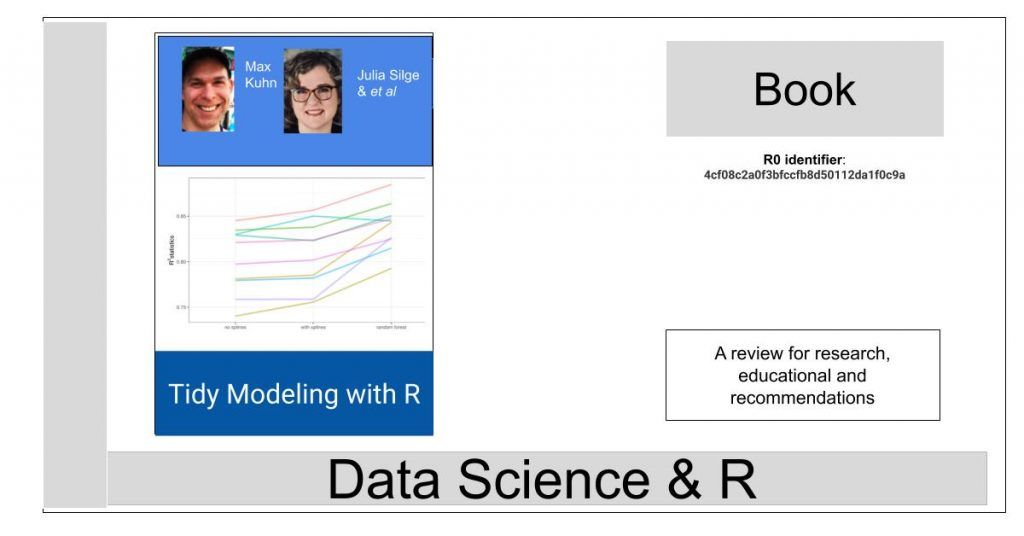Tidy Modeling with R
This book provides an introduction to how to use our software to create models. We focus on a dialect of R called the tidyverse that is designed to be a better interface for common tasks using R. If you’ve never heard of or used the tidyverse, Chapter 2 provides an introduction. In this book, we demonstrate how the tidyverse can be used to produce high quality models. The tools used to do this are referred to as the tidymodels packages
